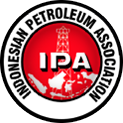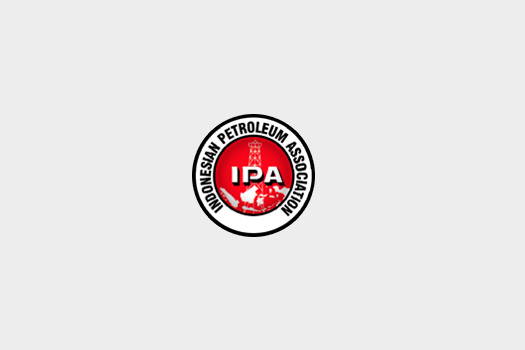Pursuing Indonesia’s 2025 Oil and Gas Lifting Target
Indonesia’s oil and gas industry faces two significant challenges as 2024 ends. On one hand, energy self-sufficiency, a key focus of President Prabowo's administration, keeps the oil and gas sector as the main pillar of the nation’s energy needs. On the other hand, the energy transition, which shifts investment trends towards renewable energy, has also impacted investments in upstream oil and gas. Consequently, exploration and development activities have declined, leading to a continuous drop in production (lifting).
Djoko Siswanto, Head of the Special Task Force for Upstream Oil and Gas Business Activities (SKK Migas), emphasized that this situation requires immediate action. “The main challenge in the upstream oil and gas industry is the ongoing decline in production,” Djoko stated during a press conference in Jakarta on Tuesday (3/12/2024).
Challenging 2025 Lifting Targets
The 2025 State Budget Financial Note outlines lifting targets of 600,000 barrels of oil per day and 1.005 million barrels of oil equivalent per day for natural gas. However, SKK Migas data shows that Indonesia’s oil lifting realization in 2024 was only 576,000 barrels per day, with an outlook of 595,000 barrels per day by year-end.
Increasing production is no easy task, as around 70% of Indonesia’s oil wells are mature and new discoveries are scarce. Natural declines in lifting are expected to continue, even as domestic energy demand rises rapidly due to projected 8% economic growth and widespread industrialization.
How Can the Lifting Target Be Achieved?
SKK Migas has developed several strategic measures to boost production to meet these targets.
- Enhanced Oil Recovery (EOR): This technology aims to extract remaining oil from mature wells. However, EOR has limited scalability and cannot solely rely on optimizing aging wells that have passed their production peak.
- Exploration: Discovering new reserves is critical. Indonesia has many unexplored basins with potential oil and gas reserves. However, not all unexplored basins are petroleum basins, and exploration requires significant investment and advanced technology. The government must ensure a strong investment appeal to attract global oil and gas investors.
- Accelerated Field Development: Speeding up the development of proven reserves can reduce the wait time between exploration and production phases.
Progress Made in 2024
SKK Migas has already taken strategic steps throughout 2024, including:
- Exploration Studies: Efforts have focused on discovering reserves that can be quickly developed into production fields. Activities include a 48,500-km 2D seismic survey, a 10,000-square-km 3D survey, and a 250,000-square-km full-tensor gradiometry survey.
- Exploration Drilling: In 2024, exploration drilling reached 925 wells, with plans to surpass 1,000 wells in 2025.
- Revised Gross Split Contract Terms: The New PSC Gross Split scheme, introduced via Ministry of Energy Regulation No. 13/2024, aims to increase investment attractiveness while complementing the existing PSC Cost Recovery model.
- Simplified Permitting Processes: The number of permits required for upstream oil and gas activities has been reduced from 320 to 140, streamlining exploration and development operations.
What Needs Improvement?
Despite progress, more efforts are needed to meet the lifting targets, especially considering President Prabowo’s focus on energy self-sufficiency. With current oil imports significantly exceeding domestic production, Indonesia faces an energy crisis.
Key recommendations include:
- Flexible Contract Options: Allow contractors to choose between PSC Gross Split and PSC Cost Recovery schemes, enabling them to align with their commercial and project profiles.
- Streamlined Regulations: Further improve the effectiveness and efficiency of permitting processes, supported by robust inter-agency coordination between central and regional governments.
- Attractive Project Economics: Ensure the economic viability of upstream projects to support downstream energy supply and industrialization.
- Sustainability Alignment: Align exploration and development policies with ESG (Environmental, Social, and Governance) principles to meet net-zero emission goals.
- Comprehensive Studies: Continue mapping unexplored regions with significant potential for oil and gas reserves.
Welcome, 2025!
Amid challenges lie opportunities. The upstream oil and gas sector remains a cornerstone of Indonesia’s energy self-sufficiency in this era of energy transition. By emphasizing extensive exploration, supportive regulations, and strong collaboration between government and industry players, achieving the 2025 lifting target is within reach.

